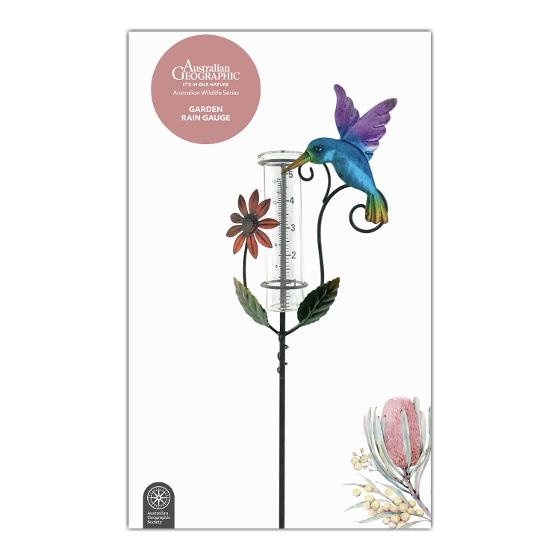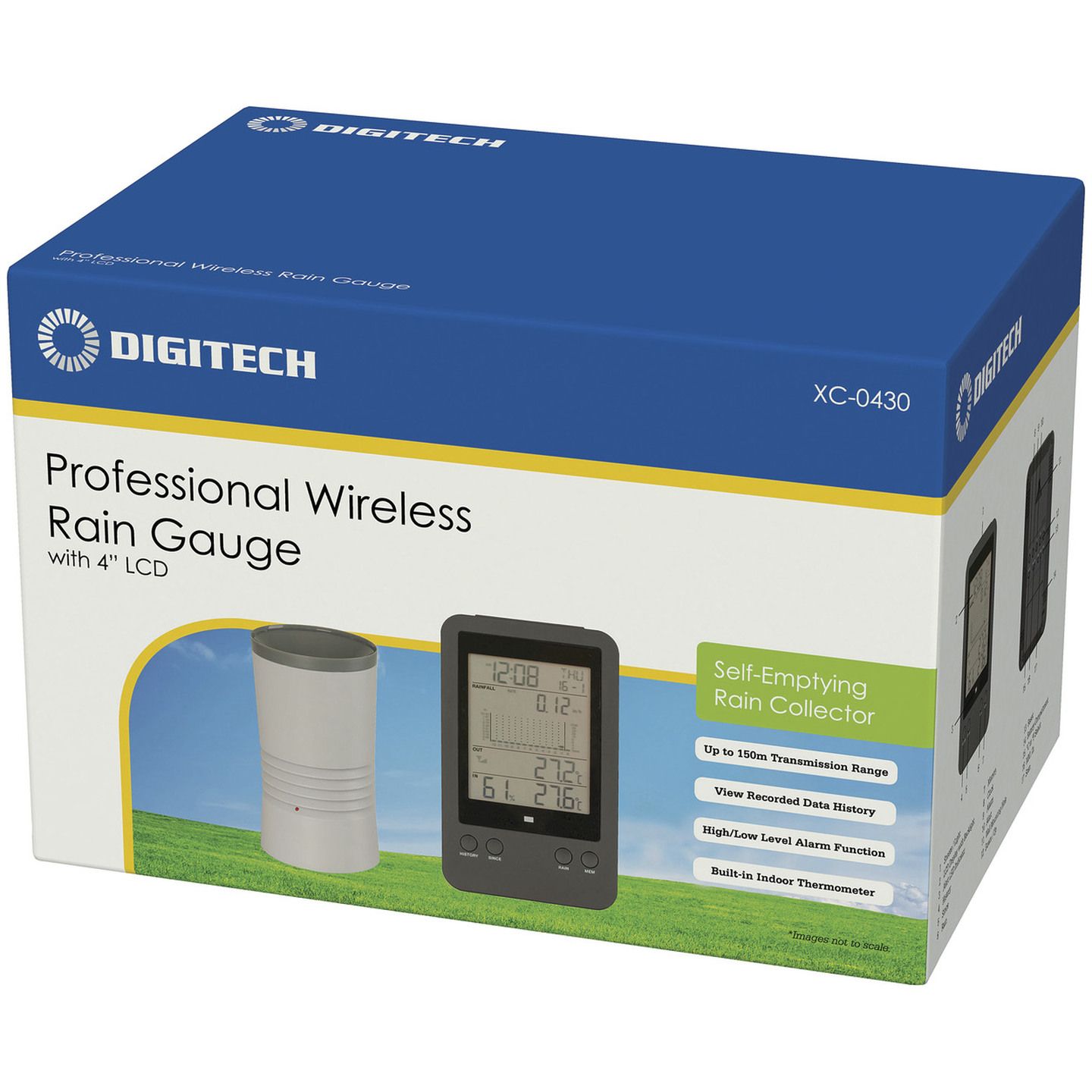Introducing the Science Behind Rainfall Evaluates: How These Devices Play an Essential Function in Environment Research and Ecological Tracking
Rainfall determines, seemingly easy devices, hold a profound significance in the world of climate research study and ecological tracking. As we peel back the layers of this clinical veil surrounding rain evaluates, we reveal a globe where accuracy, data precision, and precise monitoring assemble to reveal a deeper understanding of our altering climate and its influence on the planet.
Value of Rain Gauges
Rainfall assesses play a vital duty in monitoring and determining precipitation degrees, providing crucial information for environment study and evaluation. These devices are fundamental in measuring the quantity of rainfall that takes place in a certain area over a particular duration. By determining and collecting rainwater, rain gauges offer important understandings into the distribution and intensity of rainfall, helping meteorologists, hydrologists, and climatologists in understanding weather patterns and fads.
Among the vital factors why rain gauges are essential is their capability to offer accurate and localized information. Unlike satellite or radar-based measurements, which use broader observations, rain gauges deal specific information certain to the place where they are positioned. This local data is crucial for numerous applications, including flood forecasting, drought surveillance, and water resource administration. Furthermore, lasting data gathered from rainfall determines aids in examining climate change effects and patterns, contributing considerably to scientific study and decision-making processes. Basically, rain determines act as crucial tools in the field of weather forecasting and ecological scientific research, playing an essential function beforehand our understanding of climate and environment dynamics.
Kinds Of Rainfall Gauges

Capability and Operation
In the realm of climate research study and atmospheric researches, the effectiveness of rainfall assesses lies in their intricate performance and exact functional systems. Rainfall gauges are developed to precisely measure the quantity of precipitation that drops over a details area during a set period.
The performance of rain evaluates is based on the concept of determining and gathering rainwater in a standard manner. This gathered data is crucial for comprehending neighborhood weather condition patterns, tracking long-lasting environment fads, and examining environmental influences. To ensure accurate measurements, rainfall evaluates requirement to be tactically placed in open locations far from blockages such as buildings or trees that could interfere with the collection process.
The operational element of rainfall determines entails routine upkeep to stop particles build-up, calibration checks to keep measurement accuracy, and data tape-recording for analysis (rain gauge). Generally, the functionality and procedure of rainfall evaluates are important for collecting reliable precipitation data important to environment study and ecological surveillance
Duty in Climate Study
Offered the important significance of Visit Your URL precise precipitation dimensions in comprehending climate patterns and environmental influences, the role of rain gauges in environment study is essential. Rain gauges give crucial information for climate research by quantifying the amount of rainfall that drops over a certain area during a given duration. This data is vital for monitoring lasting patterns in precipitation patterns, assessing the influence of climate modification on rains circulation, and enhancing environment versions.

Environment scientists make use of information collected from rainfall determines to analyze variants in precipitation levels, determine local environment fads, best site and examine the effectiveness of water resource monitoring strategies. By comparing historical precipitation data with current measurements, scientists can detect shifts in precipitation patterns, such as adjustments in the frequency or strength of rainfall occasions. This info is vital for comprehending just how environment modification is affecting rainfall characteristics and can help policymakers make notified decisions concerning adaptation and reduction strategies.
Applications in Environmental Surveillance

In flooding forecasting, rain gauge information aids to track rains strength and distribution, permitting authorities to provide timely cautions and take essential actions to minimize flooding risks (rain gauge). Dry spell tracking depends on rain scale data to examine wetness levels in the soil and track precipitation deficiencies, aiding in the identification of drought-prone locations and the implementation of drought response approaches
Furthermore, rainfall scale information plays a crucial function in water source management by supplying details on water accessibility and use patterns. In addition, in agriculture, rainfall gauge information aids farmers in optimizing watering timetables, crop option, and overall ranch monitoring techniques based on neighborhood rainfall patterns.
Final Thought
In conclusion, rainfall determines are important tools for determining rainfall, providing valuable information for climate research and ecological tracking. With various types and functionalities, rain assesses play an important function in comprehending rainfall patterns and their effect on the atmosphere. By precisely gauging rainfall, these devices add to the improvement of scientific expertise and help in making notified choices pertaining to water source administration and catastrophe readiness.
Rainfall determines play a vital function in tracking and determining precipitation degrees, providing important information for environment research study and analysis. The basic rainfall gauge, understood as the "tipping pail" scale, is one of the most generally utilized devices. Ultrasonic rainfall gauges use sound waves to detect the visibility of rainfall, offering real-time information on rainfall degrees.Environment scientists use data gathered from rain assesses to analyze variants in precipitation levels, identify local environment fads, and evaluate the effectiveness of water source administration strategies.In final thought, rain assesses are important devices for determining precipitation, supplying useful information for environment research study and ecological monitoring.